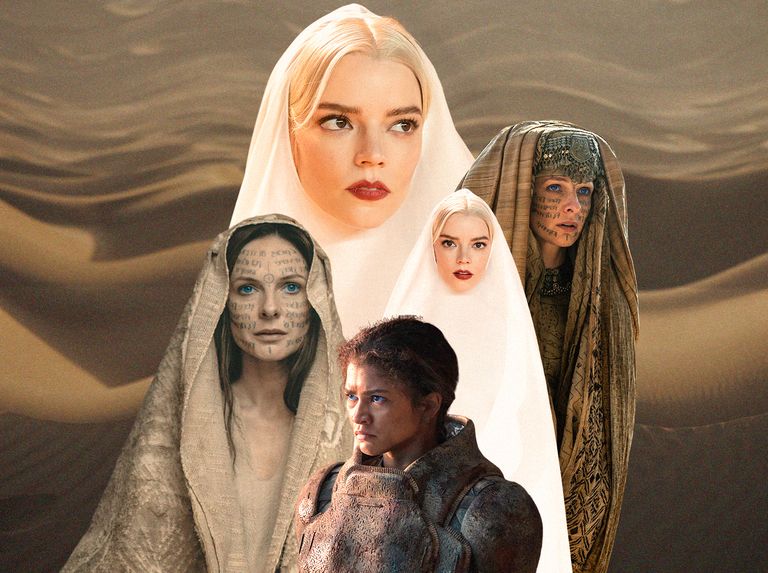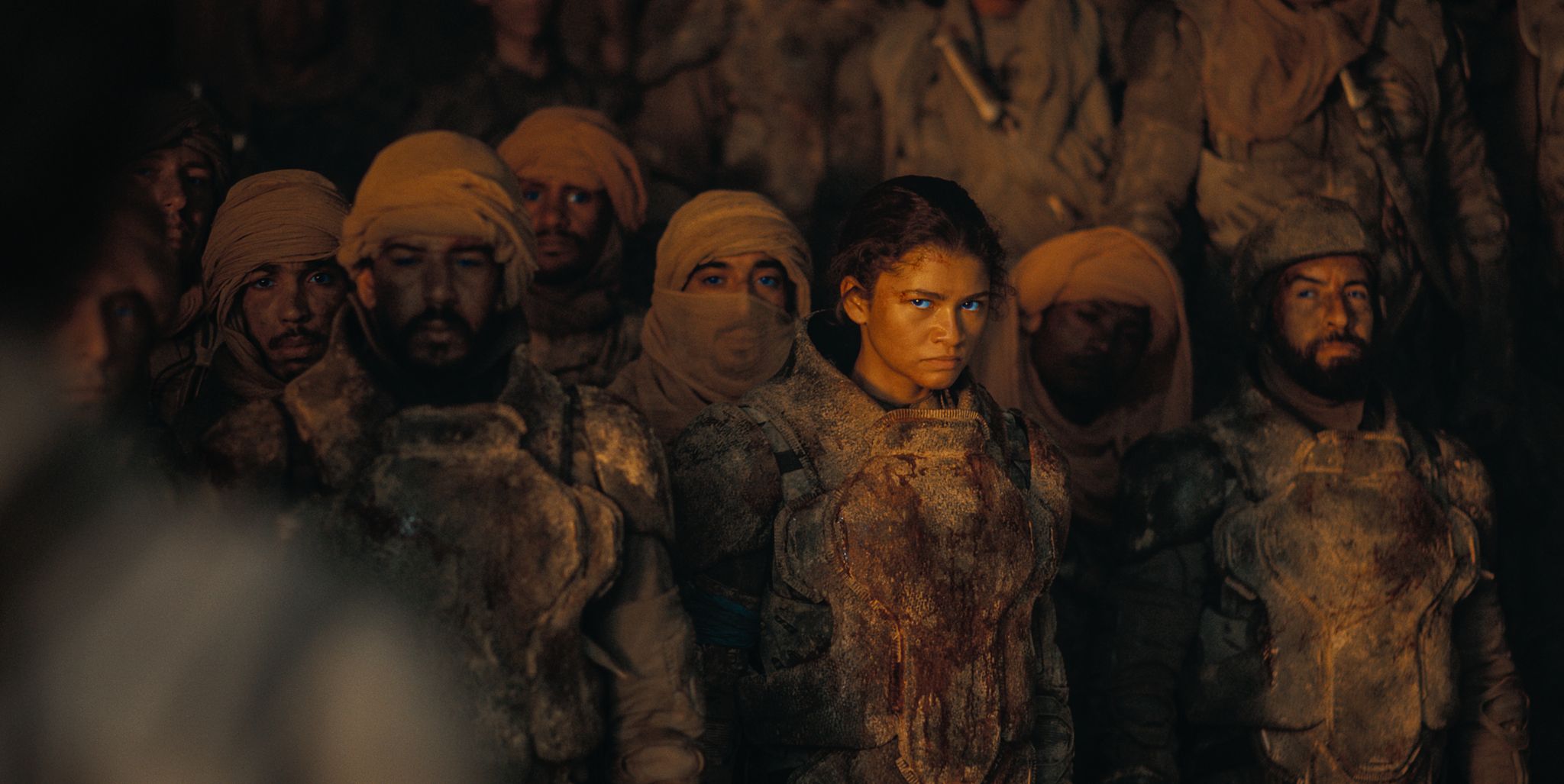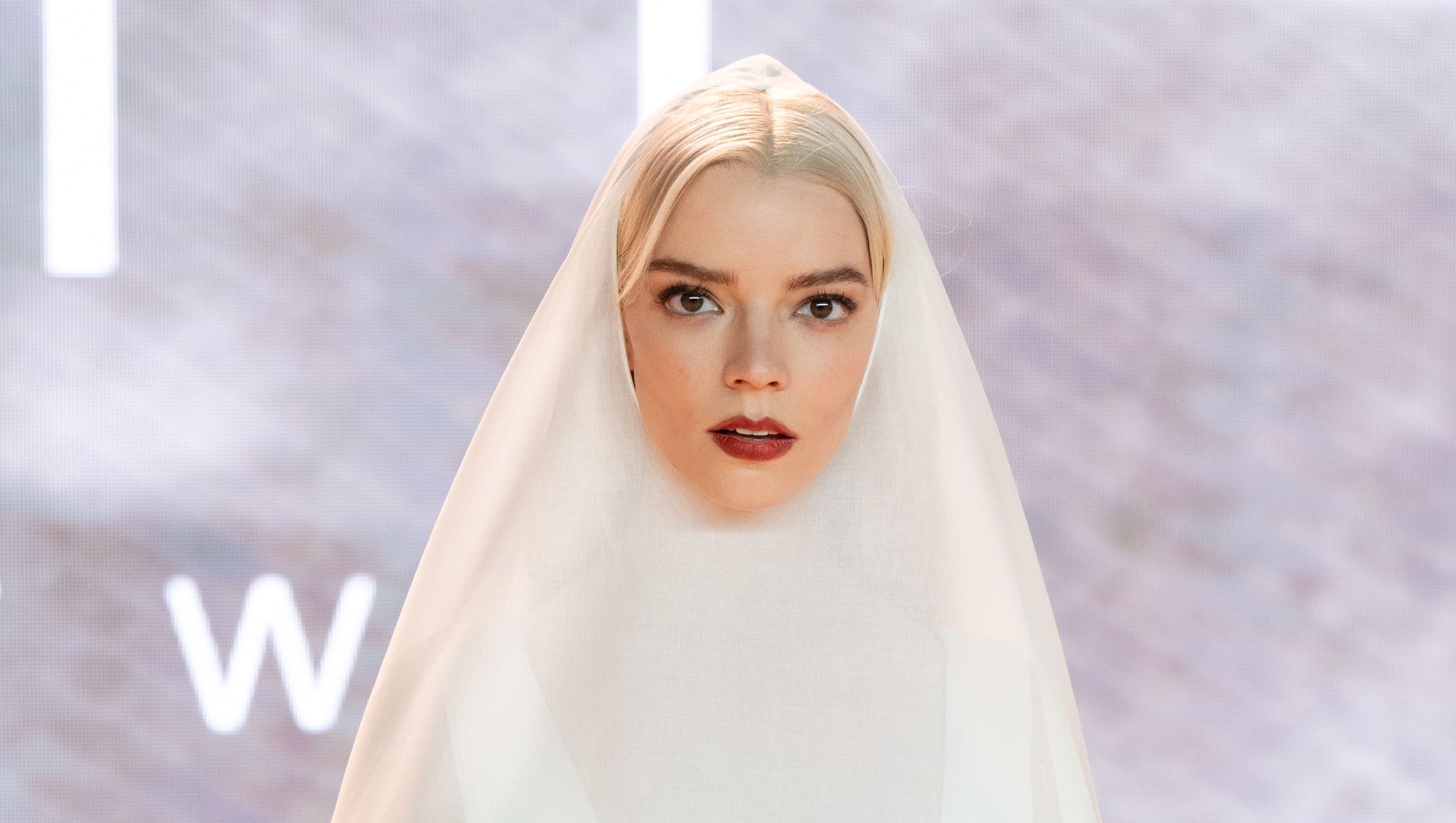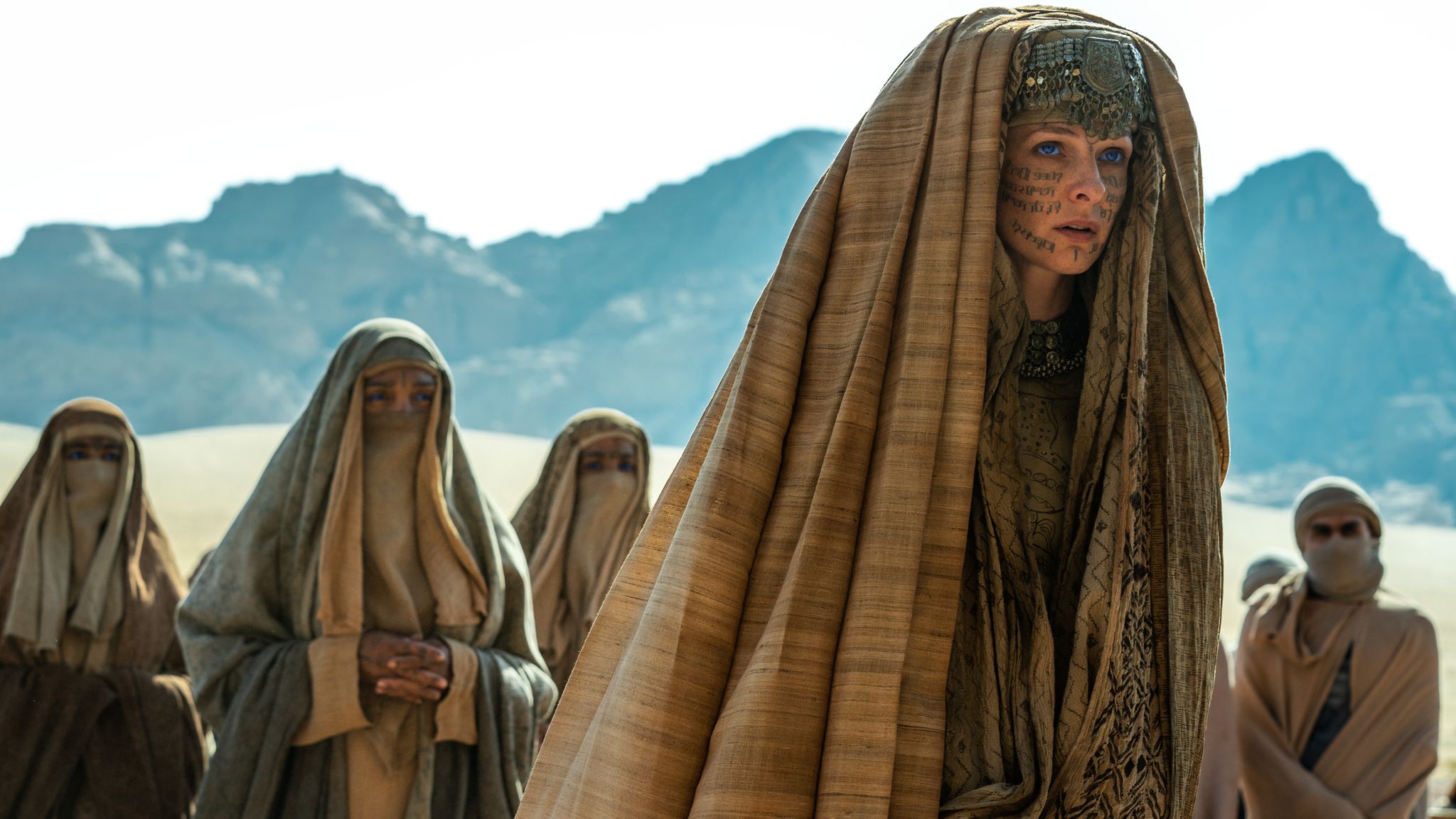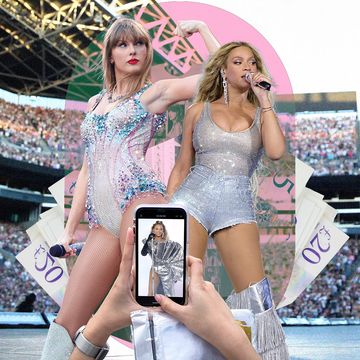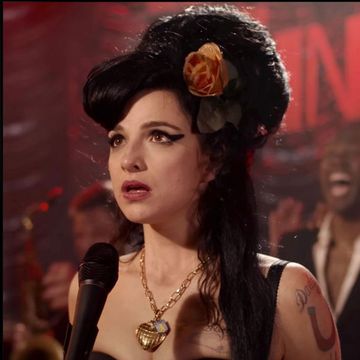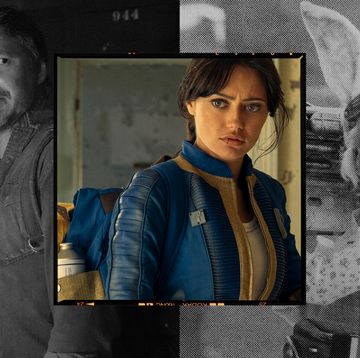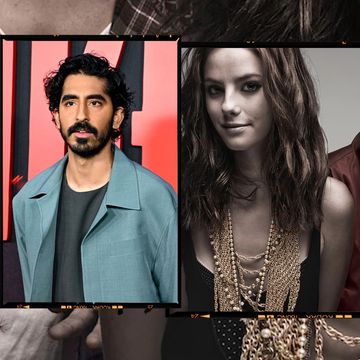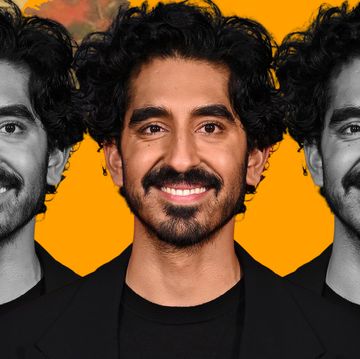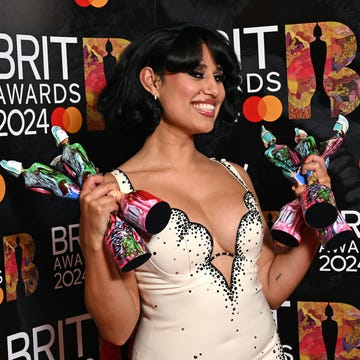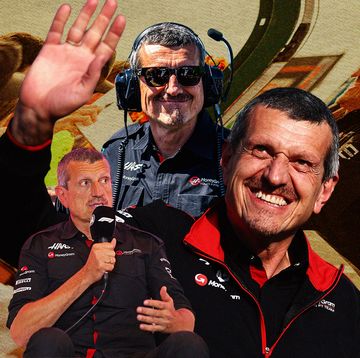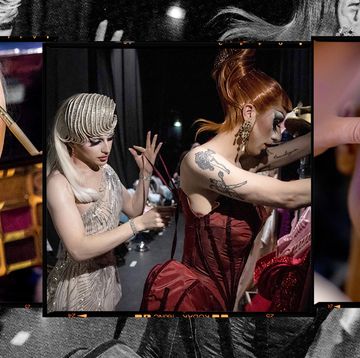We're heading back to the planet of Arrakis for Dune: Part Two. Timothée Chalamet, Zendaya, Florence Pugh and Austin Butler star in the sci-fi epic, which follows Paul Atreides as he seeks justice for his family, learns the ways of the Fremen and faces a messianic destiny. But as the sandy dunes of Arrakis sprawled across the cinema screen for the highly-anticipated sequel, I felt frustrated as a Muslim viewer.
From the use of beads and prostration in prayers by the Fremen, to the almost-Arabic language, phrases pulled from religious texts and the wearing of veils, it felt like Dune takes a heavy amount of inspiration from Islam, Middle Eastern and North African cultures yet simultaneously erases us from screen.
The Dune films are based on the best-selling books by Frank Herbert, an author said to have been heavily inspired by the Middle East, North African and Islam. His 1965 novel was seen as a challenge to imperialism following the Algerian war of independence, with his editors even asking the author to tone down the "Muslim flavour" of his book. Now, the latest adaptation, directed by Denis Villeneuve, seems to do just that.
Despite the film's obvious inspirations, there are no leading actors of Middle Eastern or North African heritage. The Fremen of Arrakis bare great resemblance to such communities – even down to their language, prayers and face tattoos, known as "deq" – yet actors of such backgrounds haven't been cast, with Zendaya and Javier Bardem leading the Fremen instead. The film was shot in the United Arab Emirates and Jordan, yet failed to feature such talent.
Phrases, names and words like 'Muad'Dib', 'Shai-Hulud', 'Lisan al-Gaib', 'jinn' and 'Mahdi' aren't simply made-up from a make-believe language – they come from and are inspired by Arabic and Islam. The Mahdi, for example, is a revered religious and spiritual figure who Muslims believe is a messianic deliverer that will fill the earth with justice and equity. Unsurprisingly, Timothée Chalamet isn't exactly who I envisioned to bear such a name.
Another word from the book that is notably left out in the film is 'jihad', the Arabic word for 'struggle'. Instead, the phrase chosen by scriptwriters is "holy war", likely due to being in a time where 'jihad' is now unfortunately synonymous with violence and terror. For me, to leave it out of the script is an intentional choice which shows that creators recognise their influences, yet choose not to highlight them on screen if it didn't serve an aesthetic purpose. Like, Dune can be Muslim, but not too Muslim.
Also, the costumes used for the film aren't just costumes. The veils and clothing worn by the Fremen, Lady Jessica and others in Dune: Part Two look just like hijabs, niqabs and abayas, items commonly worn by Muslim women like myself. For us, we're often at risk and discriminated against for wearing such clothing – but for the likes of Anya Taylor-Joy who wore a white veil to the film's premiere? They are unlikely to face any societal repercussions.
Speaking on his decision to turn away from Arab influences, Part One screenwriter Jon Spaihts said, "The Arab world was much more exotic in the 1960s than it is today. Today the Arab world is with us, they’re our fellow Americans, they’re everywhere… What you can really see is that to Frank Herbert’s worldview, just dipping into Islam and dipping into the Arab world was sufficiently exotic to be science fiction. And now… you’d have to go farther afield to make science fiction."
Of course, it's important to note that Dune: Part Two isn't the only franchise to take inspiration from different cultures; this is a common occurrence across film and TV, especially in the sci-fi genre. The movie is set 10,000 years in the future, meaning that while the characters might bare resemblance to the modern day, they are also lightyears apart. It's true that it's nothing short of a cinematic masterpiece – the near-perfect reviews are right about it's incredible cinematography, performances and scores – but that doesn't negate the clear erasure I feel.
While Dune: Part Two is an incredible film, it took direct inspiration from Islam, North Africa and the Middle East yet gave little to no credit or recognition for its sources. I can't help but think of the time and effort it took me to learn the Arabic pronunciations that Timothée Chalamet, Florence Pugh and Zendaya so casually mispronounce on screen. The film simply relegates its cultural inspirations to exotic, Orientalist aesthetics, which is frustrating at a time where such communities are openly discriminated against and demonised.
We're more than an aesthetic and, in spite of its excellence, Dune: Part Two fails to recognise that.
Dune: Part Two is in cinemas now.
